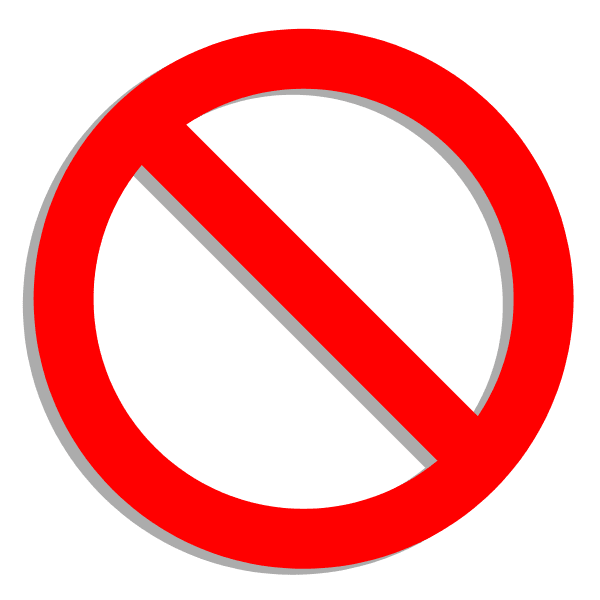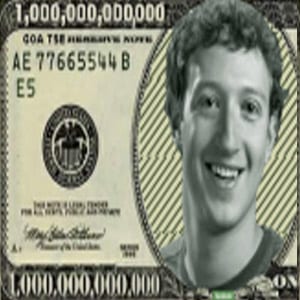1.5 Billion or 75% of Everyone with Internet Access Use Social Media

75% of everyone with an Internet connection access social media sites around the world. That’s 1.5 Billion people. In 2010, this incredible number meant that for one minute out of every four and a half minutes that people around the globe were online, they were on a social media site. Overall, the globe increased the average amount of time it spends on social media sites from three and a half hours to six hours from 2009 to 2010 (Source: NielsenWire Blog). In 2011, we should expect more of the same, until eventually every – or nearly every – internet user is also a social media user.
Social Media is all anyone ever seems to talk about anymore
Since social media is all anyone ever seems to talk about anymore, especially when it comes to marketing, let’s first define what social media actually is. To put it simply, a “ social media site” is any site wherein the content is driven by internet users, as opposed to a site where the content is directed by a business entity.
For example, a personal blog where there’s an ability to post comments or otherwise interact online with the author is a social media site. By contrast, HuffingtonPost.com is not a social media site per se, but it certainly blurs the line between a traditional site and a social media site, because it is a place where readers are encouraged to comment and dialogue about what they read.
Wikipedia.org is a classic example of a social media site. Its content isn’t controlled by any one individual, but is created by, reviewed by, and revised by Wikipedia users.
Although it’s often forgotten in the social media discussion, flickr.com is another social media site that actually holds the #3 spot in the social media world on Alexa, right after YouTube and Twitter (Source: Prevolac Media Blog).
Social Media vs. Social Networking vs. Social Bookmarking
Another place where social media neophytes tend to get confused is within the various terms that are similar, but different. What is the difference between social media and social networking? What exactly is social bookmarking? Understanding these differences is crucial when preparing a social media marketing campaign; marketers shouldn’t treat social bookmarks the same way they treat social networking, or social networking the way they treat generic social media.

Social networking is a social media site where people go to connect with businesses or individuals, make friends, meet new people with similar interests, or find a date. The most famous social network of them all, at least for now, is Facebook. With 600 million users, a figure that represents a quarter of all internet users, Facebook is the king of social networking. The king it dethroned to get there is still nobody to laugh at – MySpace still has 57 million users in the US alone (Source: Research-Write.com). Twitter is also considered a social networking site, and although its popularity has declined, it’s still very important, with 50 million tweets every day (Source: Twitter.com).
Although Facebook, MySpace, and Twitter are “the big three” in social networking, there are a dozen other social networking sites, some of which you’ve heard of, and some of which you haven’t, that still make an impact on the way people receive, digest, and act upon information. Here are a few of them:
• LinkedIn — Social networking for white collar professionals, mostly used for business-related networking. 80 million users.
• BlackPlanet – A social networking site geared towards African Americans. 20 million users.
• Classmates — Designed to help people re-connect with long-lost school pals. 50 million users.
• hi5 — Popular in Asia and Latin America, but virtually unknown in the US. 80 million users.
• Orkut — Owned by Google, this site is used mostly in India and Brazil. 100 million users.
• Skyrock — A French-speaking social network. 22 million users.
• Tagged — An increasingly popular social network, Tagged has also earned a controversial reputation for its email marketing. 100 million users.
• Bebo — More popular in Britain than in the US, Bebo was once a major player but its membership has been decreasing. 117 million users.
(Source: Wikipedia.org)
Social bookmarking combines the original, pre-search engine “internet directory” with social media. In other words, it is a list of sites or posts recommended by the member users. The most popular social bookmarking sites, with estimated monthly visitors in parentheses, are:
• Digg (27.5 million)
• Yahoo! Buzz (16 million)
• reddit (15.5 million)
• StumbleUpon (15 million)
• delicious (5.5 million)
• mixx (2.6 million)
(Source: eBiz MBA Knowledgebase)
One viral Digg, Buzz, or Stumble can easily earn a website hundreds of thousands of visits.
Some Social Media sites should not be ignored
The sheer quantity of social media, social networking, and social bookmarking sites out there can easily overwhelm marketers and business owners attempting to forge a new social media marketing campaign.
Simply put, no marketing campaign can include every social media site – nor should it. LinkedIn might be right for some businesses, but not for others; YouTube is important for video sharing, but it’s far from the only place where people watch online videos. Marketers must be smart, and instead of blasting their message across all social media platforms, they should take a targeted approach based on the demographic they serve. Some of the statistics might come as a surprise.
For example, social gaming, such as Farmville on Facebook, skews towards women in their 40s – a statistic which might surprise some marketers who assumed games were only for teenage boys (Source: GigaOm.com). Likewise, marketers who want a YouTube video to go viral should aim it at bloggers 35 and under, as these are bloggers most likely to embed a YouTube video on their blog (Source: ReadWriteWeb.com).
Ultimately, the success of social media marketing has always hinged and will always hinge on marketers’ ability to create a marketing message that strikes a nerve with the target audience. However, marketers can only strike that nerve when they meet the right online users in the right setting with the right message. Understanding who these influential users are and where they can be found in the complex parallel dimension of social media is the bedrock of effective social media marketing.
1.5 Billion or 75% of Everyone with Internet Access Use Social Media – Another article on Social Media from 4thWeb.





![Infographic: In Online Advertising, 2011 Was the Year of Mobile [Google Benchmarks]](https://4thweb.com/wp-content/uploads/Featured_Image.jpg)
![Marketing in the Future is like Sex: Only the losers will have to pay for it [Web Marketing]](https://4thweb.com/wp-content/uploads/Godzilla_collage.jpg)
